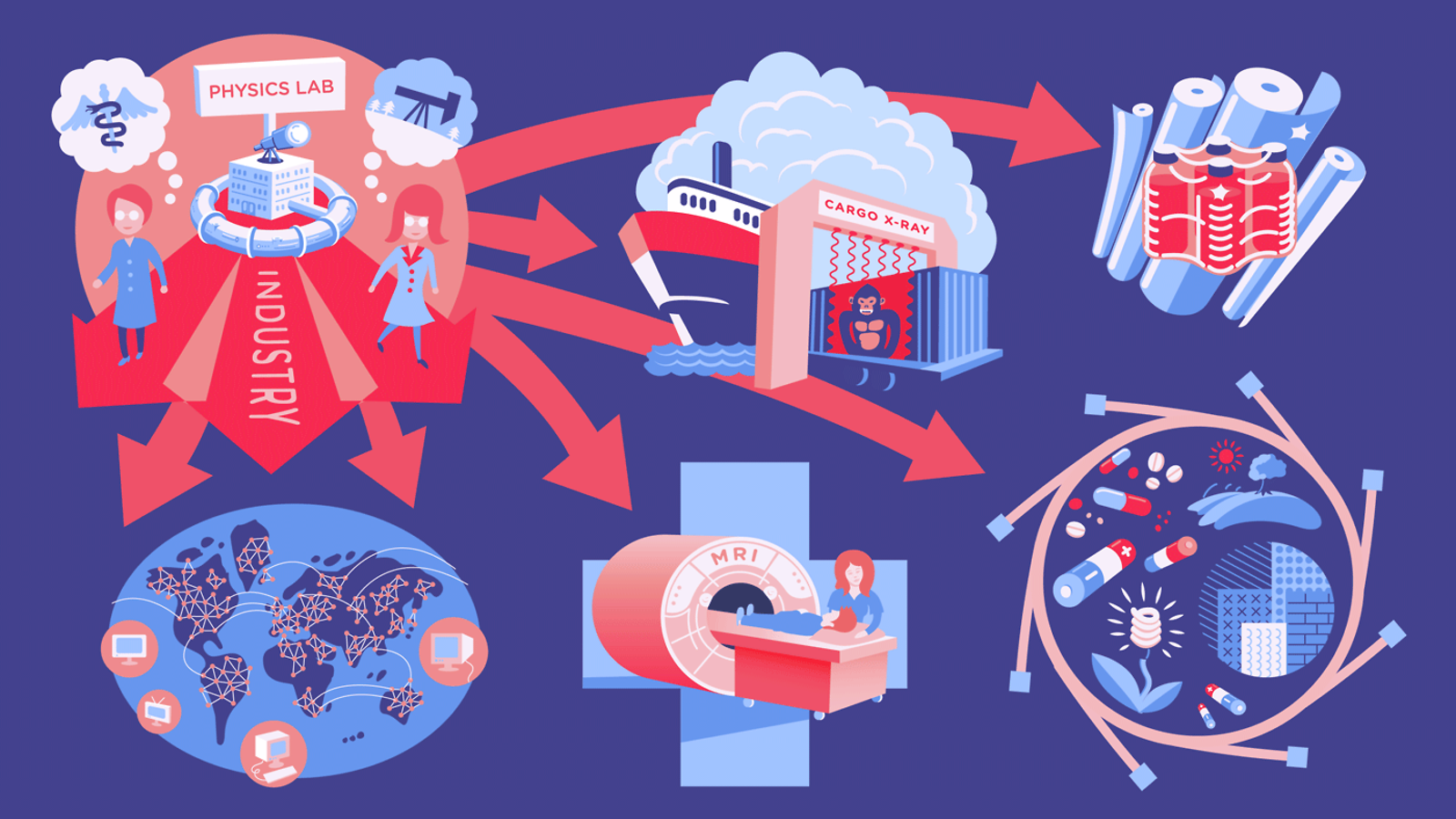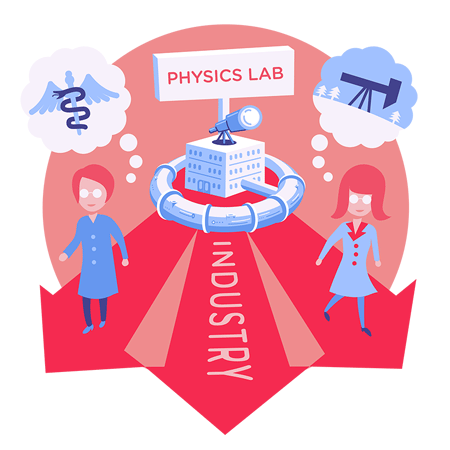Diapers
Using particle accelerators, chemists were able for the first time to see the detailed wet structure of the superabsorbent polymer material used in diapers. That enabled them to adjust and improve the formula for the superabsorbent polymers until they had the perfect material—the one that’s used in all modern-day diapers.
Shrink wrap
If you buy a Butterball turkey, you have particle accelerators to thank for its freshness. For decades now the food industry has used particle accelerators to produce the sturdy, heat-shrinkable film that Butterball turkeys—as well as fruits and vegetables, baked goods, board games and DVDs—come wrapped in.
Cargo scanning
More than 2 billion tons of cargo pass through ports and waterways annually in the United States. Many ports are now turning to high-energy X-rays generated by particle accelerators to identify contraband and keep ports safe. These X-rays penetrate deeper and give screeners more detail about the nature of the cargo.
MRI
The life-saving medical technology known as Magnetic Resonance Imaging makes detailed images of soft tissue in the body. Unlike X-rays, MRIs can distinguish gray matter from white matter in the brain, cancerous tissue from noncancerous tissue, and muscles from organs, as well as reveal blood flow and signs of stroke. Key aspects of this important technology emerged from particle physics research.
Workforce development
Many of the people trained in particle physics move on to jobs in industry, medicine, computing or other fields where their skills are in high demand. You might find an expert on particle detectors exploring for oil or an accelerator scientist working on cancer treatments.
Heart valves
Physicists are improving the safety of artificial heart valves by designing a new material bombarded with silver ions from a particle accelerator. The treated surface of the material keeps the body from identifying the valve as an invader and surrounding it with potentially dangerous extra tissue.
Intense light for research
Circular particle accelerators bend the paths of speeding electrons, causing the electrons to emit light. This light is a powerful research tool with many applications. Dedicated synchrotron accelerators known as light sources allow scientists to control the intensity and wavelength of light for research that’s led to better batteries, greener energy, new high-performance materials, more effective drug treatments and a deeper understanding of nature.
Grid computing
The World Wide Web isn’t the only computing advancement to come out of particle physics. To deal with the computing demands of the LHC experiments, particle physicists have created the world's largest Grid computing system, spanning more than 100 institutions in 36 countries and pushing the boundaries of global networking and distributed computing.
Furniture finish
For a quarter of a century, companies around the world used beams of electrons from particle accelerators to make scratch- and stain-resistant furniture. The surfaces of these treated desks, shelves and tables look like wood but are nearly impossible to scuff.
















